
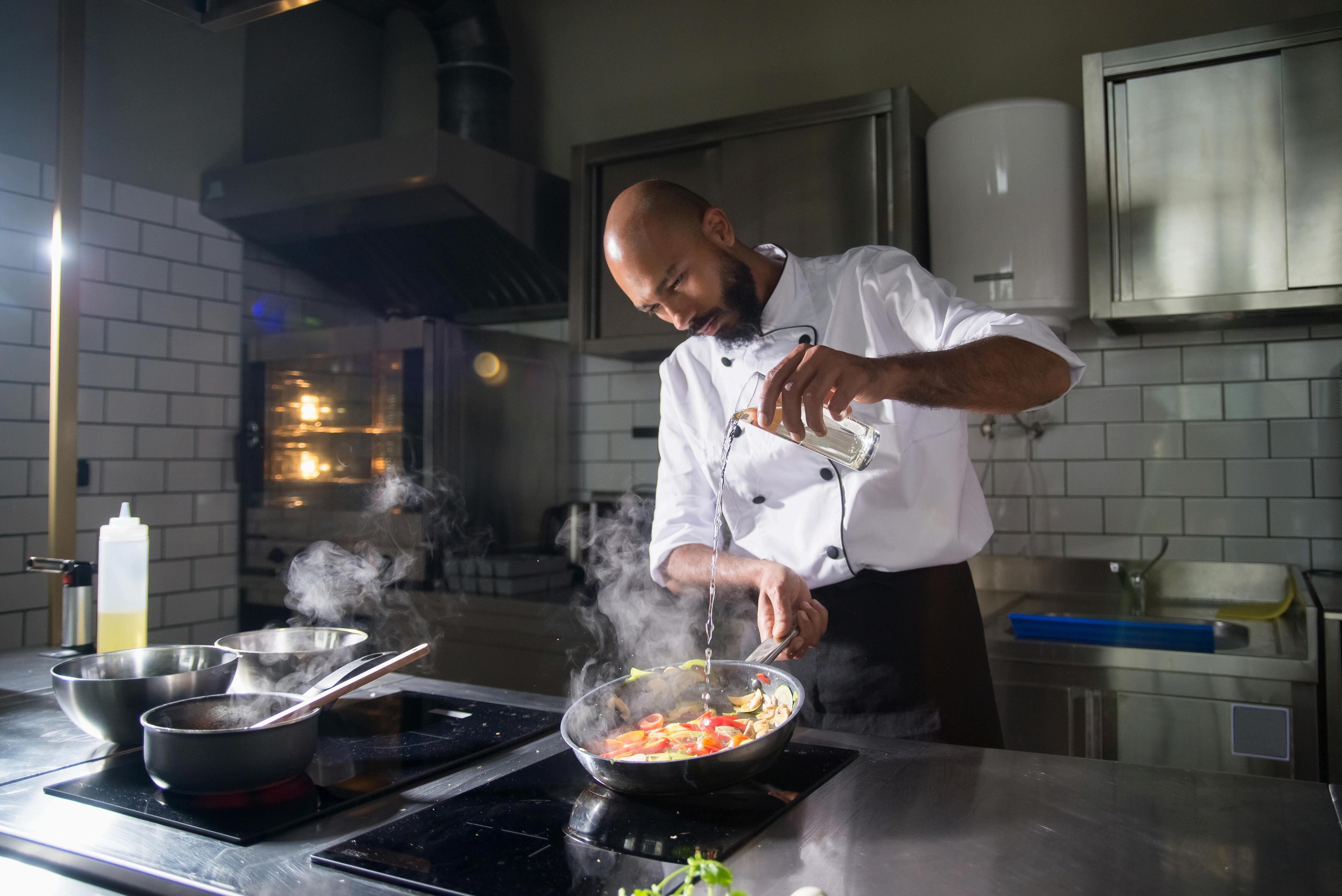



Strategies for Optimising Profitability in your Hotel Kitchen
The hospitality sector is no stranger to change, but today’s economic landscape is presenting unprecedented challenges. Rising operational costs, persistent supply chain disruptions, and evolving customer demands are creating a perfect storm that is testing even the most seasoned hoteliers. Nowhere is this impact felt more acutely than in food and beverage (F&B) operations, where managing costs while upholding quality is no longer just important it’s essential for survival.
For hotels, F&B is often a cornerstone of the guest experience, and yet it’s also a major area where profits are slipping away unnoticed. Whether through inefficiencies, waste, or missed opportunities, many hotels are losing revenue that should be bolstering their bottom line. The gap between your current food cost margin and your theoretical margin the profit you could be making if every element of your operation was fine-tuned is widening.
This guide dives into the heart of that challenge. We’ll explore detailed, actionable strategies to help you bridge that margin gap and optimise your F&B operations for maximum profitability. But more than that, we’ll shed light on why this process is so difficult to navigate alone, revealing the hidden pitfalls and complex hurdles that make food cost optimisation a daunting task for many hotels. By the end, you’ll have a clear roadmap for improvement and a better understanding of the resources needed to execute it effectively If you’re ready to take control of your food costs and drive sustainable profitability, read on
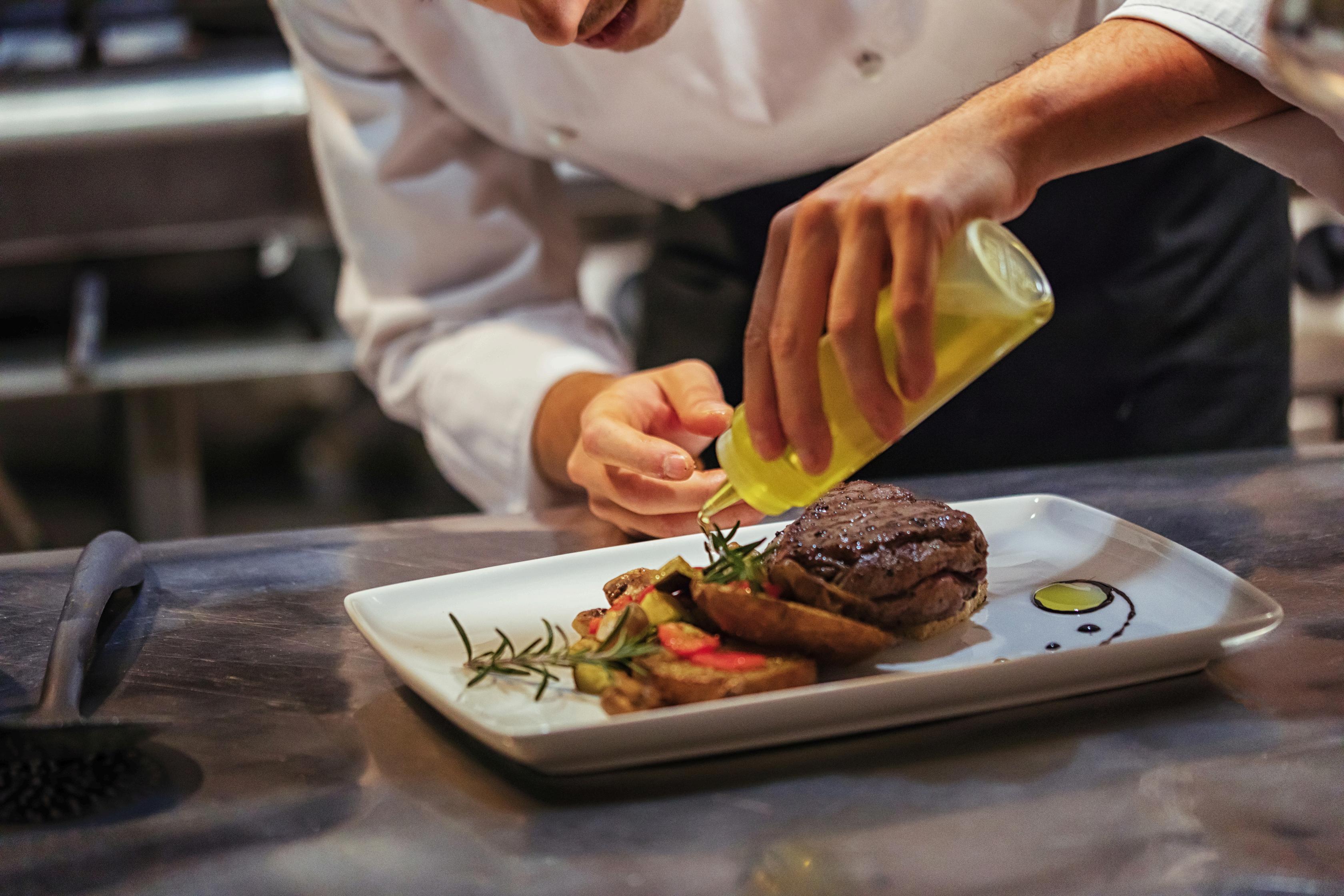

The first step in optimising margins is gaining a clear understanding of your current food cost performance. Many hoteliers discover a noticeable difference between their actual food cost margin the real-world result after factoring in sales, purchases, waste, and losses—and their theoretical margin, which represents the ideal scenario if everything ran perfectly. Bridging this gap is key to improving profitability.
Key Metrics to Measure:
Actual Food Cost Percentage: The actual cost of the food divided by total food sales, reflecting how well your operations are managing costs. Theoretical Food Cost Percentage: The ideal food cost if every item was purchased, stored, and prepared perfectly, without any waste, inefficiencies, or errors.
Variance: The difference between actual and theoretical costs. This variance often uncovers operational inefficiencies such as food waste, inconsistent portion control, or fluctuating supplier prices.
For example, if your actual food cost percentage is 32%, but your theoretical cost is 28%, this 4% variance represents a potential loss. In a hotel generating £1 million in annual F&B revenue, this 4% difference translates into £40,000 in lost profit—an eye-opening figure that highlights the importance of closing this gap.



The profitability of strategy. Menu des dishes; it’s about un highest profit and h
Start by categorisin popularity:
High Profit, Hig performers. Ens guests to order High Profit, Low marketing or a Low Profit, High guests love but portion sizes, ra Low Profit, Low Consider remov (e.g., catering t
Ingredient an
Effective menu ma cost of each dish do standardised recipe ensure that your kit excess costs cause
Additionally, incorp helps reduce costs sustainability and f constant monitorin time-consuming pr


Food waste is one o it’s estimated that the hospitality industry wastes 920,000 tonnes of food per year. Not only does this lead to financial losses, but it also has lasting environmental consequences, contributing to the industry's carbon footprint. While no hotel can completely eliminate waste, implementing structured waste management processes can significantly reduce unnecessary costs.
Food waste in hotels can be broken down into three key categories:
Pre-Consumer Waste: This occurs before the food reaches the customer and includes waste from spoilage, over-ordering, and improper storage. Poor forecasting and inadequate inventory management can lead to a surplus of ingredients, which often expire before they are used.
Post-Consumer Waste: Waste generated from uneaten portions served to customers. This could result from oversized portions or dishes that don’t meet guest expectations in terms of taste or presentation.
Kitchen Waste: This includes waste created during food preparation, such as overproduction, trimming, and incorrect preparation methods. Even small inefficiencies in cutting meat or preparing vegetables can accumulate over time, significantly impacting your overall food cost.



To bridge the gap between your current food cost margin and your theoretical margin, tackling waste must be a priority. Adopting waste reduction strategies is one of the most effective ways to reduce food costs and improve profitability.
Accurate inventory tracking is key to waste reduction. Using forecasting tools to align purchases with actual demand helps prevent over-ordering and spoilage. Many hotels still use manual systems, increasing the risk of human error. Automated systems that track stock levels, expiration dates, and reordering schedules can minimise both shortages and excess.
This simple yet effective technique ensures that older stock is used first, reducing spoilage and preventing ingredients from expiring unused.
Maintaining consistent portion sizes is essential for minimising kitchen and post-consumer waste. Over-serving increases food costs per dish and shrinks margins. Staff training and portioning tools, such as scoops and scales, can standardise servings, though continuous monitoring and retraining are often needed to maintain consistency.


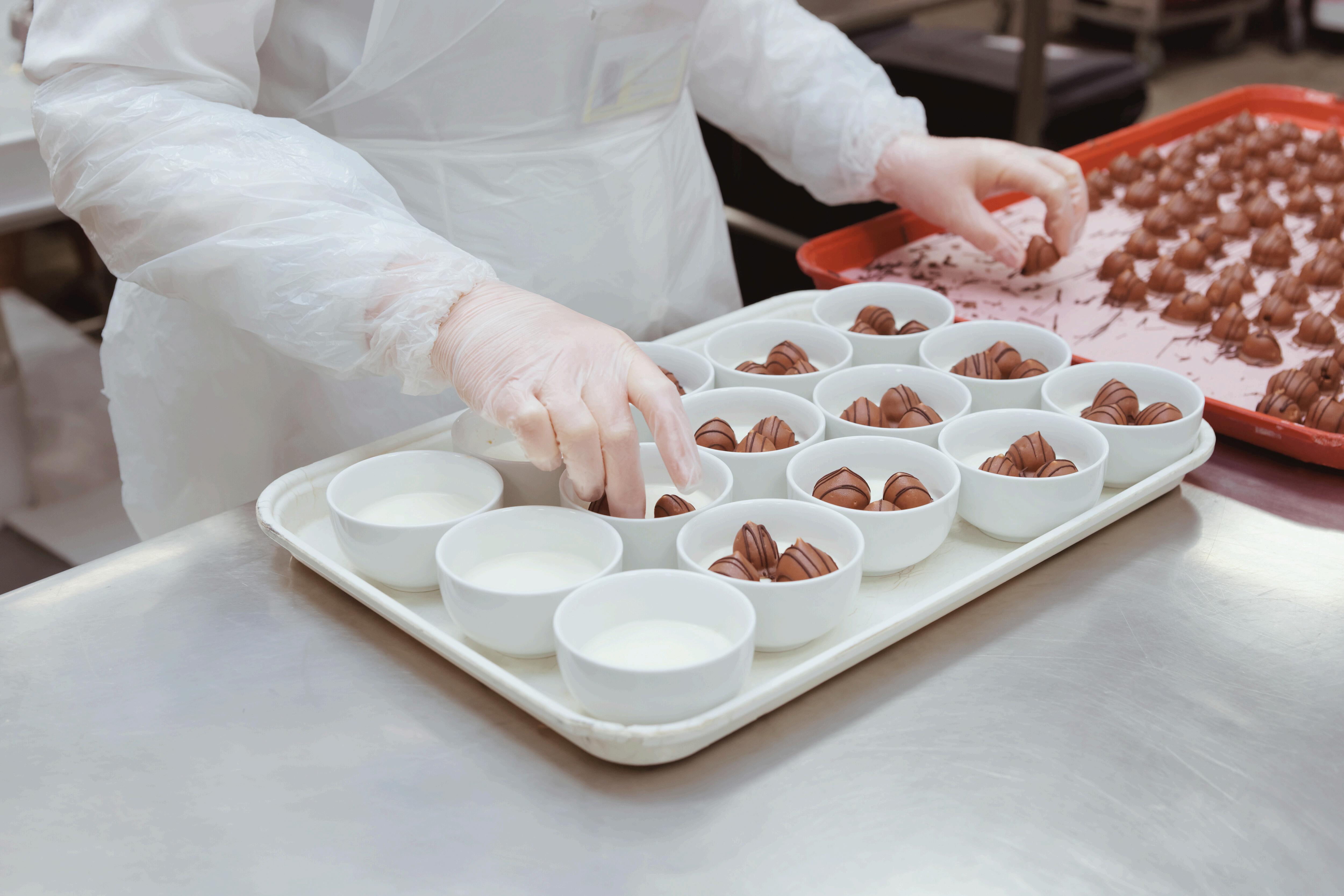
Leftover ingredients can be creatively reused in soups, sauces, or daily specials, reducing waste while saving on new purchases. This requires daily monitoring and coordination across kitchen teams.
Identifying which dishes are frequently unfinished or returned can provide insights into waste patterns. Adjusting portion sizes or ingredients based on customer feedback helps reduce waste while improving guest satisfaction.
Seasonal menus featuring fresh, lower-cost ingredients reduce the risk of overordering. Regularly reviewing supplier agreements to allow flexible ordering quantities helps manage fluctuating demand, preventing overstocking and reducing waste.




Reducing food waste does more than just help bridge your food cost margin it contributes to a more sustainable operation, improves your reputation with eco-conscious guests, and enhances operational efficiency. However, these waste management processes require constant attention and refinement.
Hotels need to maintain a culture of waste reduction across the entire F&B team, which means regularly training staff, monitoring waste patterns, and enforcing best practices.
Achieving significant reductions in food waste is not easy. It demands investment in both technology (such as inventory systems) and time (such as training and oversight), but the potential financial and environmental benefits are well worth the effort.

WasteSmart is a strategic solution designed to tackle food waste head-on and align seamlessly with our clients' sustainability goals. This proactive initiative dives deep into the root causes of food waste within your operations, offering bespoke strategies to reduce waste, unlock savings, and ultimately reduce your CO2 emissions. Click here to find out more

920,000 tonnesofwasteiscreatedby thehospitalityandfoodservice sectorannually
2.5

You can reap numerous financial rewards from implementing a responsible sourcing strategy. By sourcing locally grown ingredients, companies reduce transportation costs and their carbon footprint - an all-around win for the environment. Additionally, using sustainable and organic ingredients can lead to less wasted and spoiled products, meaning cost savings over time - always great news for any business owner! So sustainably sourced materials aren't just good for the planet; they're also good for your bank balance!
Consolidate Purchases: By consolidating orders with fewer suppliers, you can negotiate better terms and reduce delivery costs. This approach also helps streamline operations and reduce errors in invoicing and inventory.
Supplier Negotiation: Building strong relationships with suppliers is key. Regularly review contracts and performance to ensure you’re getting the best deal. Suppliers are often open to renegotiating terms, but the process can be laborious and requires a deep understanding of market pricing trends.
Market Insights: Stay updated on global supply chain developments and ingredient price trends. Changes in fuel prices, harvest yields, or import tariffs can affect costs significantly, making it essential to forecast and adjust accordingly.

Joining a Group Purchasing Organisation (GPO) is one of the most effective ways for hoteliers to bridge the gap between their current and theoretical food cost margins. A GPO aggregates the buying power of multiple businesses - often hundreds or even thousands of hotels, restaurants, and other institutions - allowing each member to access pricing and terms that would otherwise only be available to much larger organisations.
This collective purchasing power enables hoteliers to secure significantly lower prices on food, beverages, and supplies compared to negotiating with suppliers independently.
GPOs negotiate bulk pricing across a wide range of products. As a hotelier, this means you can access lower costs for everything from raw ingredients to cleaning supplies, which directly reduces your Cost of Goods Sold (COGS). By lowering the price of ingredients, you can shrink the variance between your current costs and your theoretical margins without sacrificing quality or guest experience. For example, if you pay £3 per kilo of chicken independently but can secure the same product through the GPO for £2.50, that difference will compound across all purchases, significantly improving your overall margin.
GPOs typically have pre-negotiated contracts with a wide network of suppliers. This gives hotels more options for sourcing products and services, ensuring that they are not dependent on a single supplier, which can be risky in times of price fluctuations or supply chain disruptions. GPO members can take advantage of the best available deals from multiple suppliers, reducing the impact of rising prices or product shortages that could erode margins.
One of the key advantages of working with a GPO is the ability to simplify and centralise procurement. Instead of negotiating with multiple suppliers, managing separate contracts, and handling complex ordering processes, the GPO acts as an intermediary. This reduces the administrative burden on your team and frees up valuable time to focus on other aspects of F&B operations. Moreover, GPOs often provide technology platforms that simplify order tracking, invoicing, and reporting, making it easier to monitor purchasing efficiency. 3 Streamlined Procurement Processes

Beyond simple price reductions, many GPOs offer additional services that can help hotels manage their food costs more effectively. These may include data analysis, reporting tools, and benchmarking services that allow you to compare your purchasing performance with industry peers. By understanding where you stand in relation to other hotels and identifying areas for improvement, you can make more informed decisions about menu pricing, waste reduction, and procurement strategies.
Don’t just focus on food costs - Group Purchasing Organisations (GPOs) like Entegra can help you unlock hidden savings across your entire operations. Indirect expenditure, such as cleaning supplies, utilities, toiletries and linen, is often overlooked but can significantly impact your bottom line when optimised through GPOnegotiated pricing.

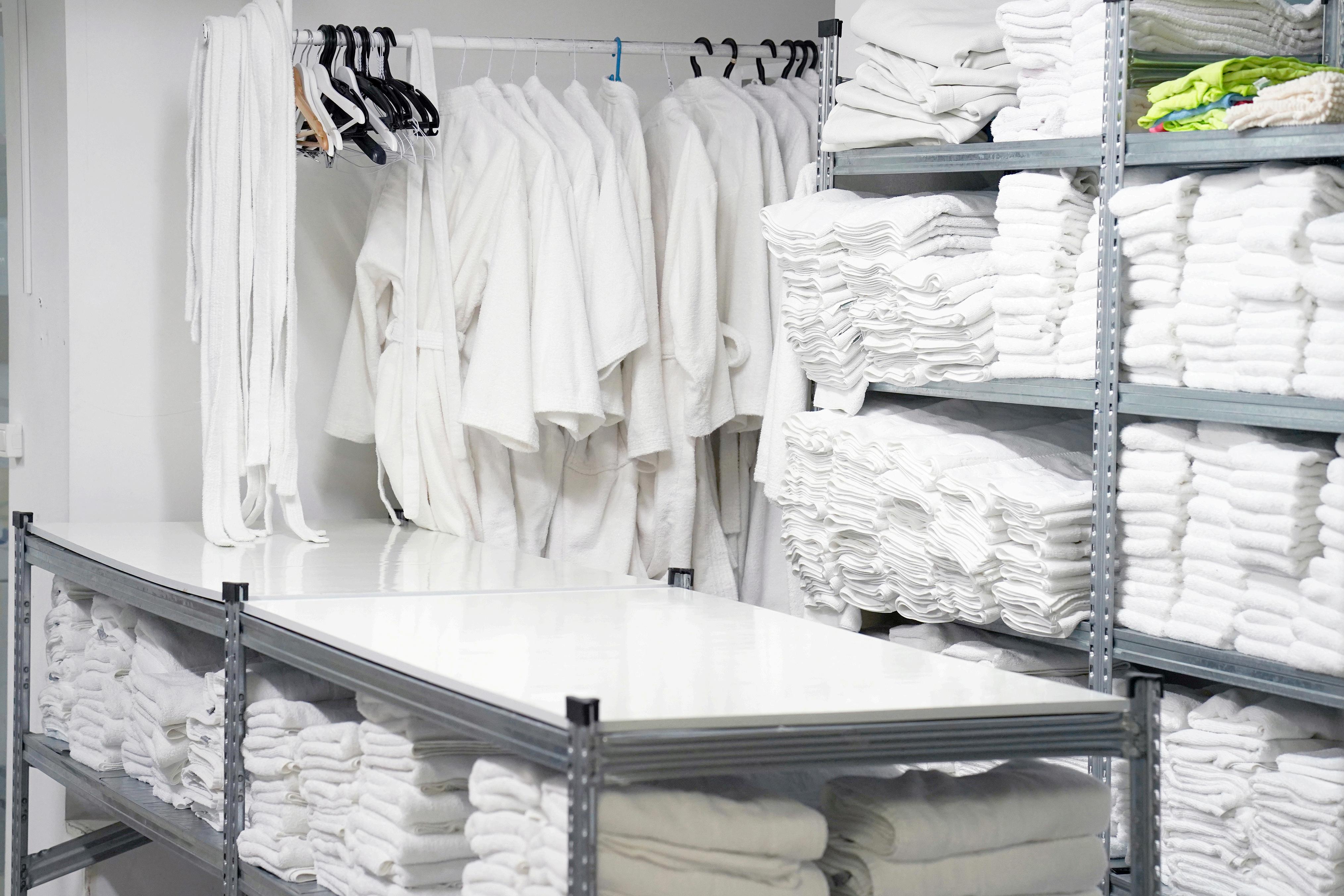

Technology is transforming how hotels manage food costs, offering tools that optimise purchasing, track inventory, and provide real-time financial insights. Even small inefficiencies can lead to major profit losses, and technology helps bridge the gap between actual and theoretical margins by automating tasks and providing data-driven insights. However, many hotels still rely on manual systems, which limit their ability to manage costs effectively and adapt to fluctuations in demand.
Automated inventory management systems have become crucial for food cost control. These systems track stock levels in real time, ensuring that hotels avoid over-ordering or running out of key ingredients. They prevent common errors in manual tracking, such as human error or data entry mistakes, and alert staff when stock is low or nearing expiration, which helps reduce waste and spoilage.
These systems also analyse purchasing trends, enabling hotels to fine-tune orders based on historical data. This better alignment between procurement and consumption reduces unnecessary overstocking and food waste, bringing actual costs closer to theoretical margins. While effective, implementing an automated system requires a significant commitment to setup and staff training, and without proper planning, it may not be fully utilised.



Data analytics tools offer powerful insights into customer behaviour, menu profitability, and purchasing trends. They enable hotels to focus on high-margin dishes, adjust pricing, and make informed decisions about seasonal ingredients, reducing reliance on expensive imports. Analytics also help track waste patterns, enabling hotels to adjust portion sizes or revise recipes to minimise waste while maintaining guest satisfaction. Predictive analytics can forecast customer demand, helping hotels optimise procurement cycles and avoid overordering.
However, adopting data analytics tools involves significant investment and staff training. Hotels must ensure that these tools are effectively integrated across systems, such as Point of Sale (POS) platforms and inventory management, to generate meaningful, actionable insights.
A fully integrated Point of Sale (POS) system is essential for managing food costs effectively. When linked with inventory management software, a POS system provides real-time data on sales and stock levels, offering immediate insights into what is selling, how much stock is being used, and whether adjustments are needed in orders or menus. With POS integration, hotels can react swiftly to sales trends.
For example, if a dish is selling faster than expected, the system can automatically adjust procurement to avoid stock shortages. Conversely, if a menu item is underperforming, staff can be alerted to reduce future orders or implement promotions to increase sales. This realtime connection between the kitchen, purchasing, and front-of-house ensures that food costs are tightly aligned with actual demand. Additionally, an integrated POS system enhances cost visibility by breaking down sales by dish, ingredient, and time of day, allowing for more precise menu engineering. It also supports waste tracking by identifying mismatches between what was sold and what was purchased, highlighting potential inefficiencies or fraud.
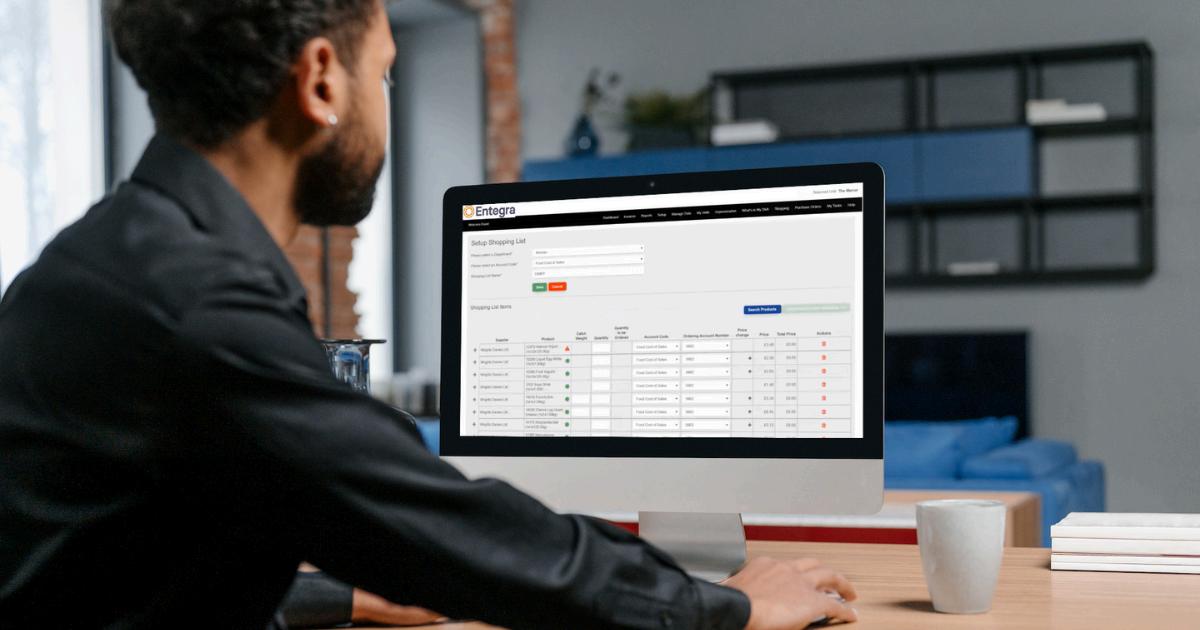
One of the most critical yet staff training. No matter ho menu, human error can qu understands key areas like management is essential fo consistent staff performan
Training should be ongoing, not a one-time event. Regular education on food cost practices keeps staff sharp and operational standards high. This includes training on portion sizes, waste minimisation, and effectively using technology like inventory systems or POS integrations.
Kitchen staff should be frequently reminded about portion control, as small deviations can significantly impact food costs. Front-of-house staff must understand how their recommendations influence sales and how guest feedback can offer insights into menu performance. As systems evolve, training should adapt to include updates, ensuring staff fully leverage available tools.
Accountability is just as crucial. Staff who are held accountable whether for tracking waste or maintaining portion control are more likely to follow best practices. However, sustaining this accountability over time requires regular compliance checks, feedback, and motivation, which can be time-consuming but vital for consistency.
The high turnover rate in hospitality complicates food cost optimisation. New employees require thorough onboarding to understand not just daily tasks but the importance of food cost management. As teams shift, maintaining standards becomes harder.
Hotel management must ensure training protocols are adaptable to varying experience levels. Regular audits, refresher courses, and mentoring can help close knowledge gaps, though this demands considerable time and effort from management.



Optimising food cost margins is a complex challenge that requires a strategic approach across multiple areas from procurement and menu engineering to waste management and staff training.
While these efforts are crucial for long-term success, the time and resources needed to manage them can overwhelm even the most seasoned hoteliers. This is where MarginSmart comes in as the ideal solution.
MarginSmart is a service meticulously crafted to help hotels streamline their operations and boost profitability, all led by a team of seasoned culinary and hospitality experts. Our rigorous three-stage process provides a clear, actionable pathway to improving your food cost margins and maximising operational efficiency. Plus, with the savings we identify, the service is usually cost-neutral, making it a SMART investment to to enhance your bottom line without adding financial strain.
The process starts with an in-depth analysis of your hotel's F&B operations, including financials, purchasing, menus, and event logistics. This allows us to understand your challenges and identify key opportunities, enabling us to develop tailored strategies to improve your bottom line.
The final stage is a detailed MarginGap analysis, comparing your theoretical and actual margins. Our experts create a customised action plan with clear steps to close the gap and improve profitability. These recommendations drive measurable results, ensuring sustainable, longterm improvements in your food cost management. 1 2 3
Next, our experts work closely with your team, reviewing every aspect of your food service process from ordering and production to portion control, menu profitability, and waste reduction. We identify inefficiencies and implement best practices on-site, ensuring your entire operation, from kitchen to front of house, is optimised for profit
By partnering with MarginSmart, you can simplify the complexities of food cost optimisation, allowing you to focus on what you do best—delivering exceptional guest experiences. Let us help you transform your F&B operations, streamline your processes, and unlock hidden profitability. Follow this link for more information.
Entegra, a subsidiary of Sodexo, is the world’s largest food group purchasing organisation, dedicated to helping hospitality-driven businesses thrive. We go beyond procurement savings to deliver tailored solutions that enhance operations, improve customer experiences, and support long-term goals. With industry-specific savings strategies, cutting-edge digital tools, and expert advisory services, Entegra empowers clients to optimise their performance. Our commitment to corporate social responsibility ensures that our clients' success is sustainable, aligning with their broader values.
At the heart of every Entegra solution is a dedicated expert, ready to build a trusted advisory relationship and craft customised approaches that meet your unique challenges. Our services, including MarginSmart and WasteSmart, are tailored to your needs, offering hands-on support to drive profitability and efficiency.
Partner with Entegra today, and discover how our performance-enhancing services can transform your business. Let’s optimise your operations and elevate your profitability - starting today. Simply email us using the link below, and a member of our team will get back to you shortly. You can also connect with us on social media to stay updated on all Entegra news and developments.
